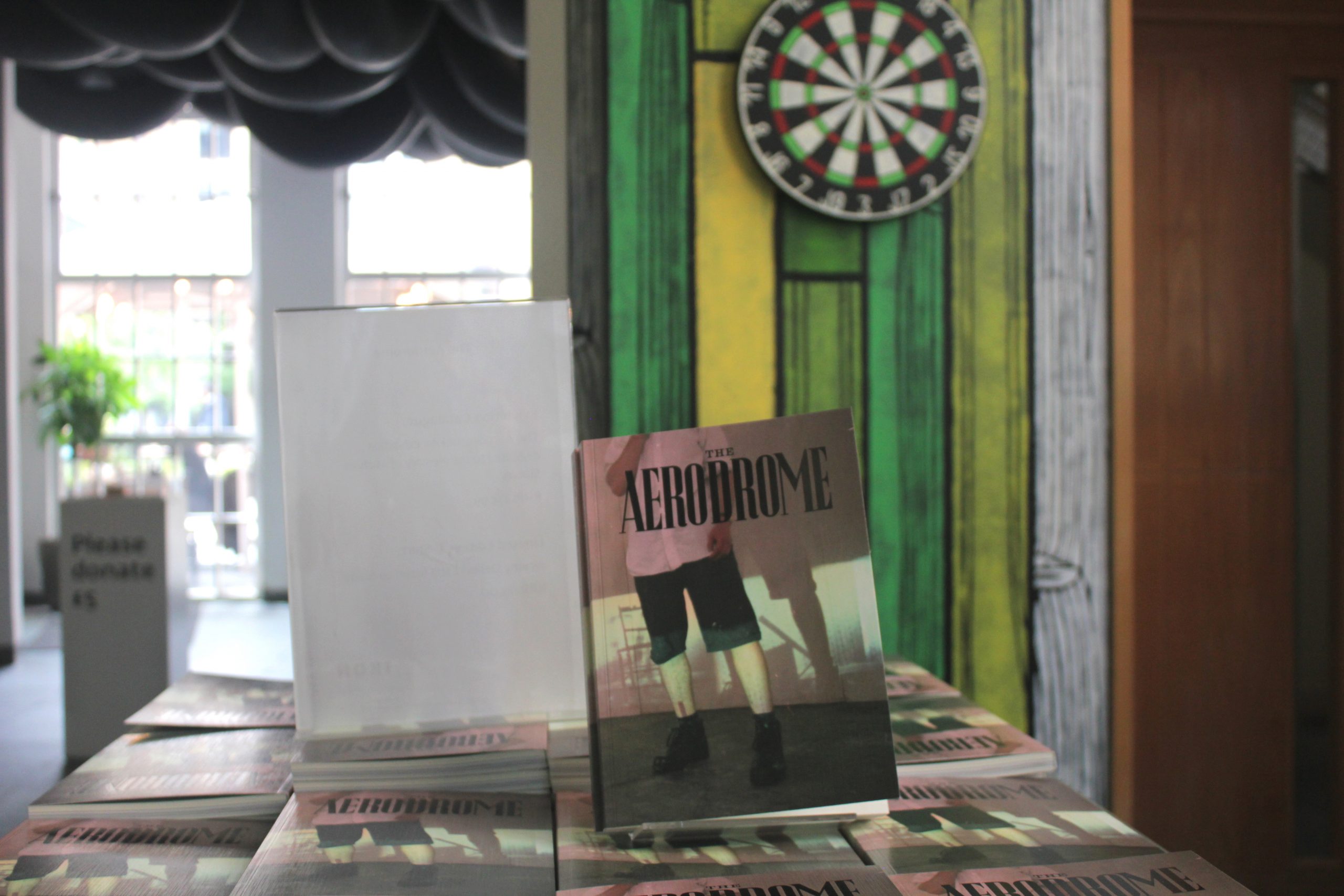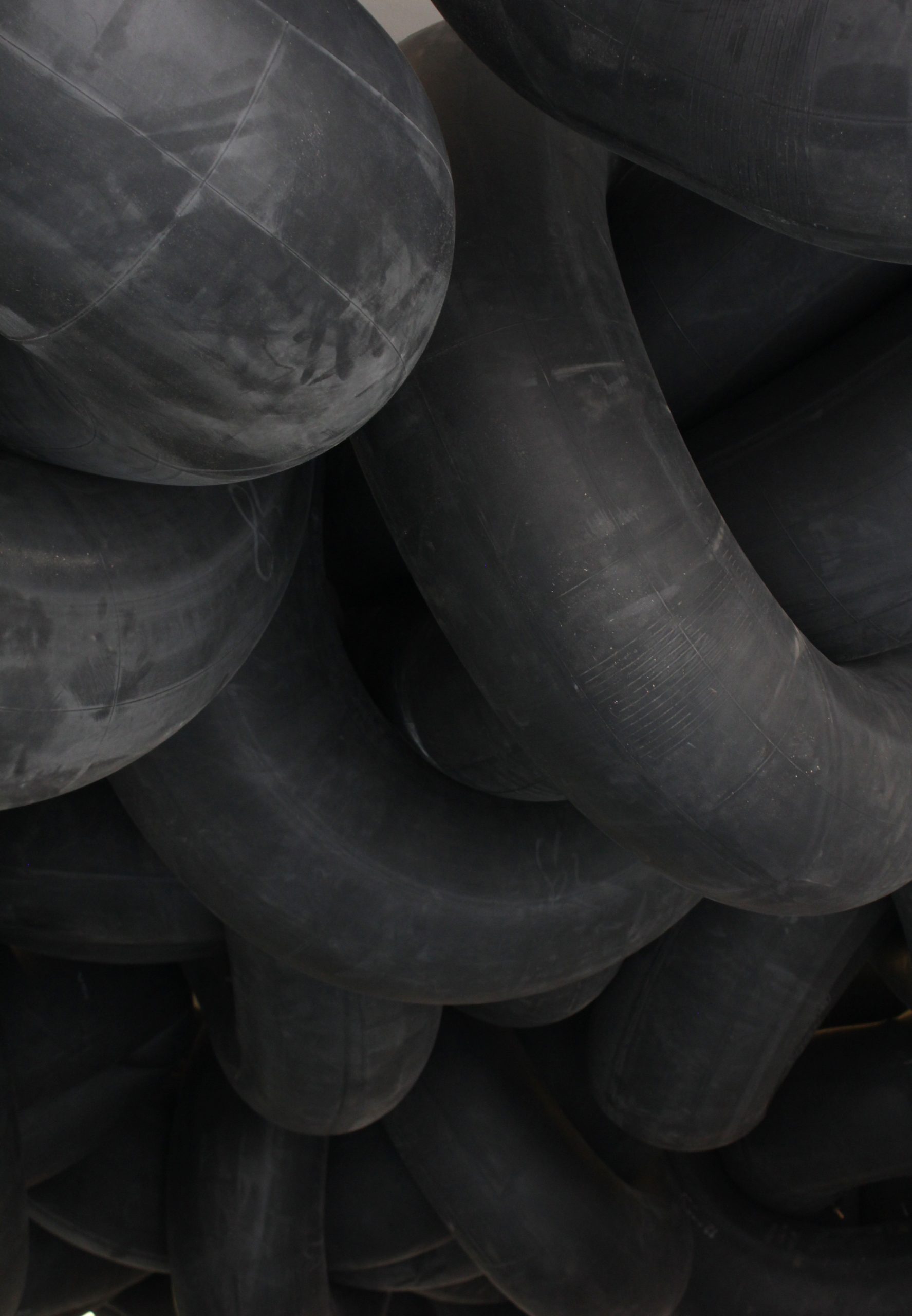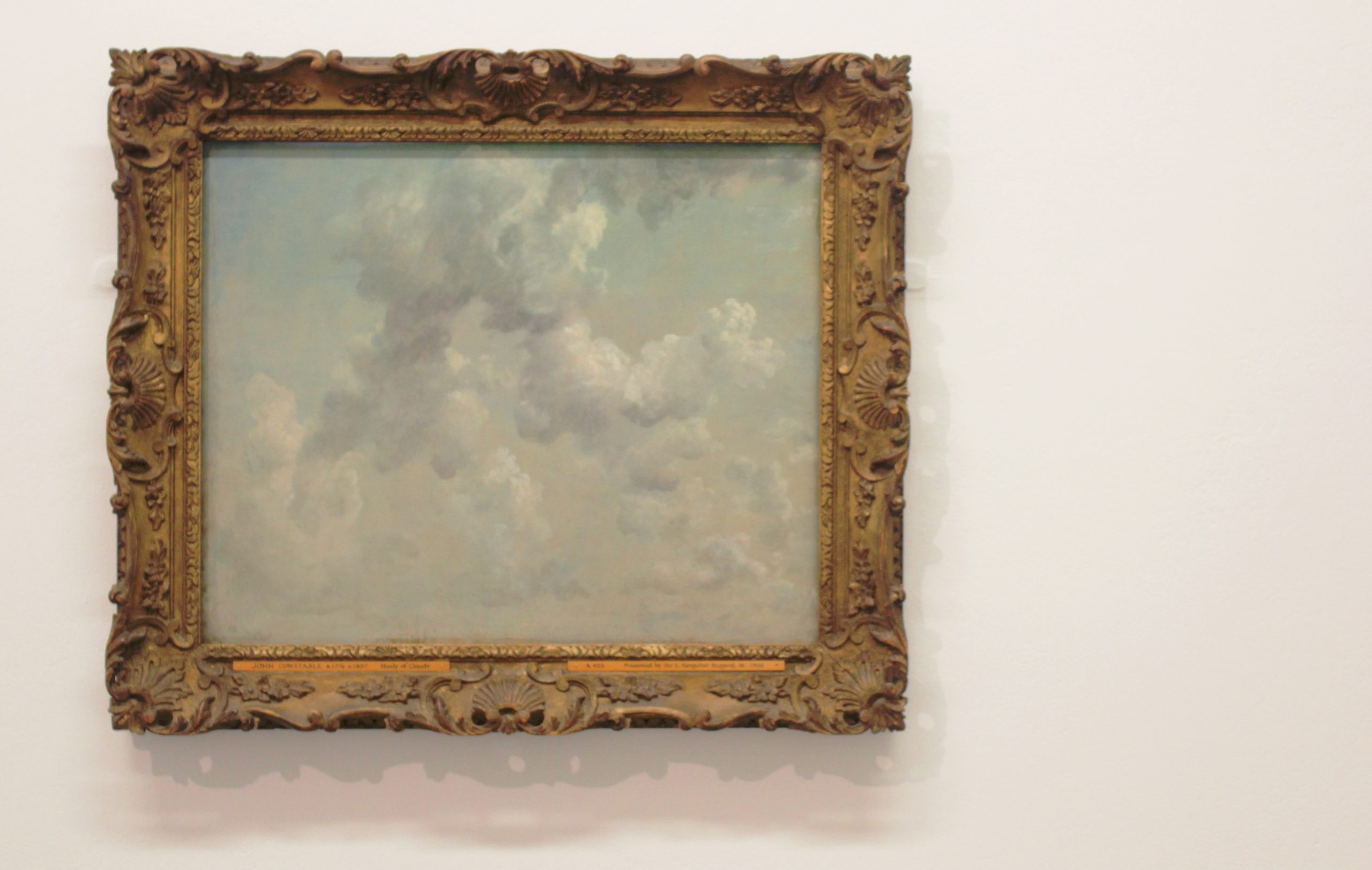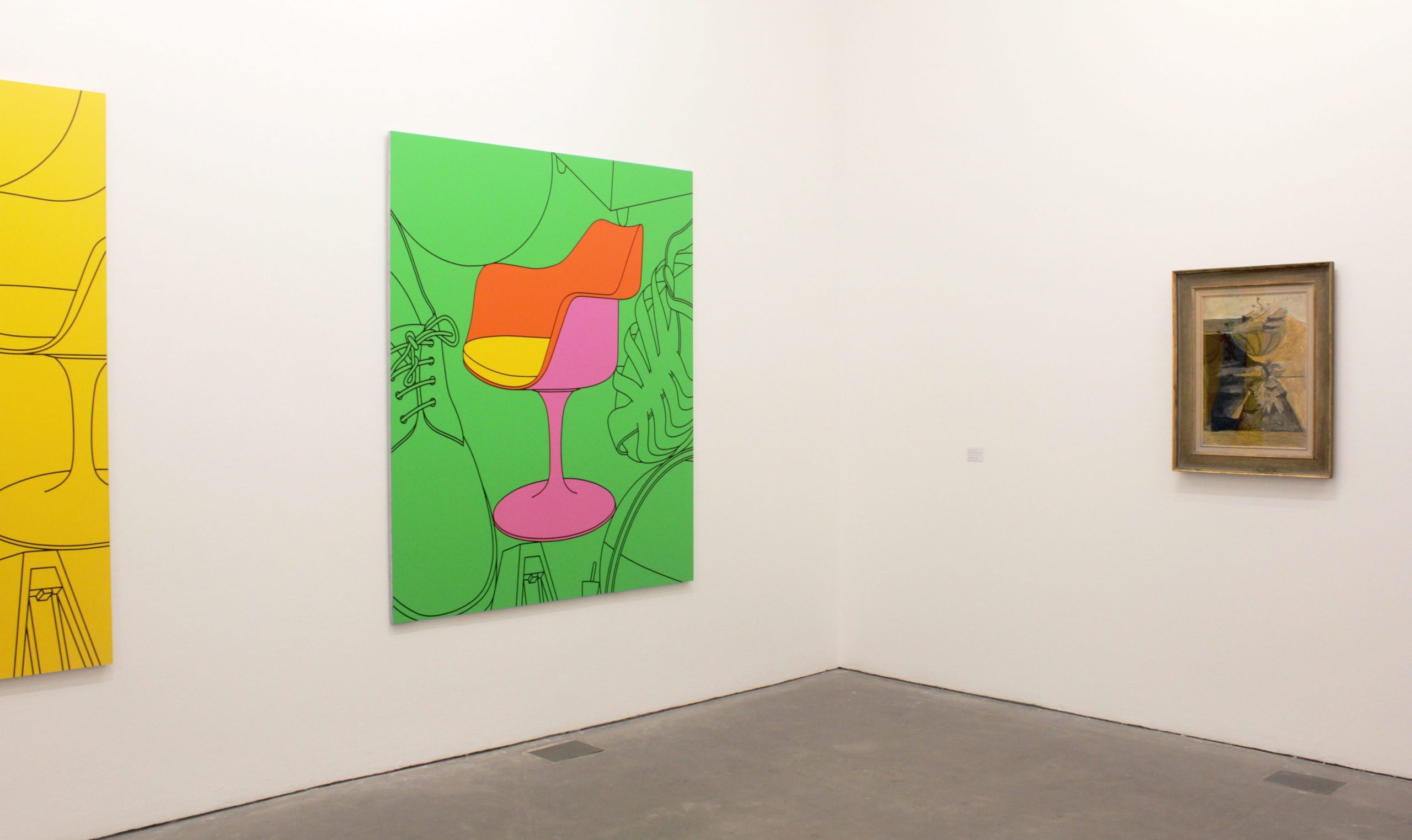The Aerodrome exhibition catalogue: a review
By Andrea Hricikova, Experience Arts Marketing Intern
Last week Ikon had the pleasure of opening a new exhibition The Aerodrome, dedicated to the memory of Michael Stanley and in honour of his work as a curator and gallery director. Working in the Communications Department, I was able to see the programming of the exhibition as well as being part of a private tour prior to the exhibition opening. After reading the exhibition catalogue I decided to write this review of both the exhibition and the catalogue. The exhibition itself is unusual as it asks the viewer to appreciate the work of artists, as well as celebrating the career of an influential figure in various art institutions. With that in mind it acknowledges not only the contributions artists offer to the developments of the arts, but crucially delivers a view that without art institutions and important figures in the art industry that artistic development would not be made possible.

The fully illustrated exhibition catalogue, co-published between Ikon Gallery and Modern Art Oxford, features essays by artists David Austen, George Shaw, Carrie Stanley and Ikon’s Director Jonathan Watkins, celebrates the work of Michael Stanley in much the same way as the exhibition itself. Published prior to the opening of the exhibition, it too offers a retrospective of developments in the arts which Michael Stanley has facilitated, as well as an explanation and in-depth understanding of each artists’ work. Essays published in the exhibition catalogue are stimulating for both academics and regular art enthusiasts; being well-written they introduce the exhibition in a straightforward manner and do not demand too much art historical knowledge from the reader. Each essay is divergent, in that they all deepen our understanding of the elaborate body of work Michael Stanley undertook during his career, as well as revealing more on the exhibition itself. Simply put these essays, each in their distinctive way, enable us to grasp the themes of the exhibition as well as the development of contemporary art itself. Furthermore, all essays integrate literature especially via the book of The Aerodrome that influenced the exhibition, offering us a perspective of how art is influenced by various practices blending into one another.


Another interesting element of this exhibition catalogue is how it describes public and private art, with focus on Michael Stanley’s commitment to displaying contemporary art in non-traditional exhibition spaces, as highlighted in Jonathan Watkins’ essay Nothing’s fixed, in this place. A good example of this is Keith Wilson’s The Puddle, now permanently exhibited in front of the entrance of the gallery, and likewise Linder Sterling’s The Salt Shrine. Both works combine elements of private adoration for object or a thought, yet by exhibiting them in non-traditional exhibition places they bring these private notions into the public sphere. Similarly, they act as a vehicle for connecting art with wider and more unconventional audiences. As the boundaries between public and private spaces for displaying art are erased and artworks intersect between different art historical canons and mediums, more enduring appreciation for the arts becomes apparent, as well as more comprehensive relationships between art and audiences.


In a similar way the catalogue differs from other Ikon exhibition catalogues in that it centres on the work of an art curator in a context where an artist would usually feature. It asks the reader to consider curators becoming artists within the process of creating an exhibition. Further, it reflects upon the idea that when artists are asked to create an exhibition, it breaks down the traditional depictions of how art should and can be displayed in an art gallery. Traditional time boundaries of how we think about art history are ‘erased’ with more contemporary work displayed alongside art historical canons, and work by artists such as John Constable and Graham Sunderland. The traditional understanding of art and curatorial practice is challenged in an essay by Jonathan Watkins, prompting us to think about art in a timeless spectrum of how different historical canons relate to one another.


Both the catalogue and exhibition, shed new light on how we should think about art whilst honouring Michael Stanley as a figurehead of this revolution. People who work in art institutions can sometimes be overlooked with the artists being front and centre. This exhibition catalogue celebrates a curator with an innovative vision to support new artistic practice, as he re-imagined how art could be acknowledged and supported by wider audiences in non-traditional settings. Finally, it discusses how we perceive art, undertake its display and perhaps it even contemplates upon the direction contemporary art is heading.
The Aerodrome catalogue is available to buy online and in-store from Ikon Shop.
The Aerodrome is an exhibition dedicated to the memory of Michael Stanley, Curator of Ikon before becoming Director of Milton Keynes Gallery and then Modern Art Oxford, who died tragically in 2012. Co-curated with David Austen and George Shaw and structured loosely on Rex Warner’s 1941 wartime novel The Aerodrome, a book that made a great impression on Stanley, it includes many of the artists he worked with, all of whom held him in great affection and regarded him as one of their own. Exhibition continues until 8 September 2019 with free* entry and the gallery is open Tuesday to Sunday 11am-5pm.
*Please consider making a donation, Ikon is a registered charity and your support helps us with everything we do.
Images: The Aerodrome Catalogue, Langlands & Bell Frozen Sky (2000), Michael Sailstorfer Clouds Birmingham (2019), Keith Wilson Puddle (1999), Linder Sterling Salt Shrine (1997), Michael Craig Martin Untitled Chair (2009) and Untitled Shoe (2009), John Constable Study of Clouds (1822).






